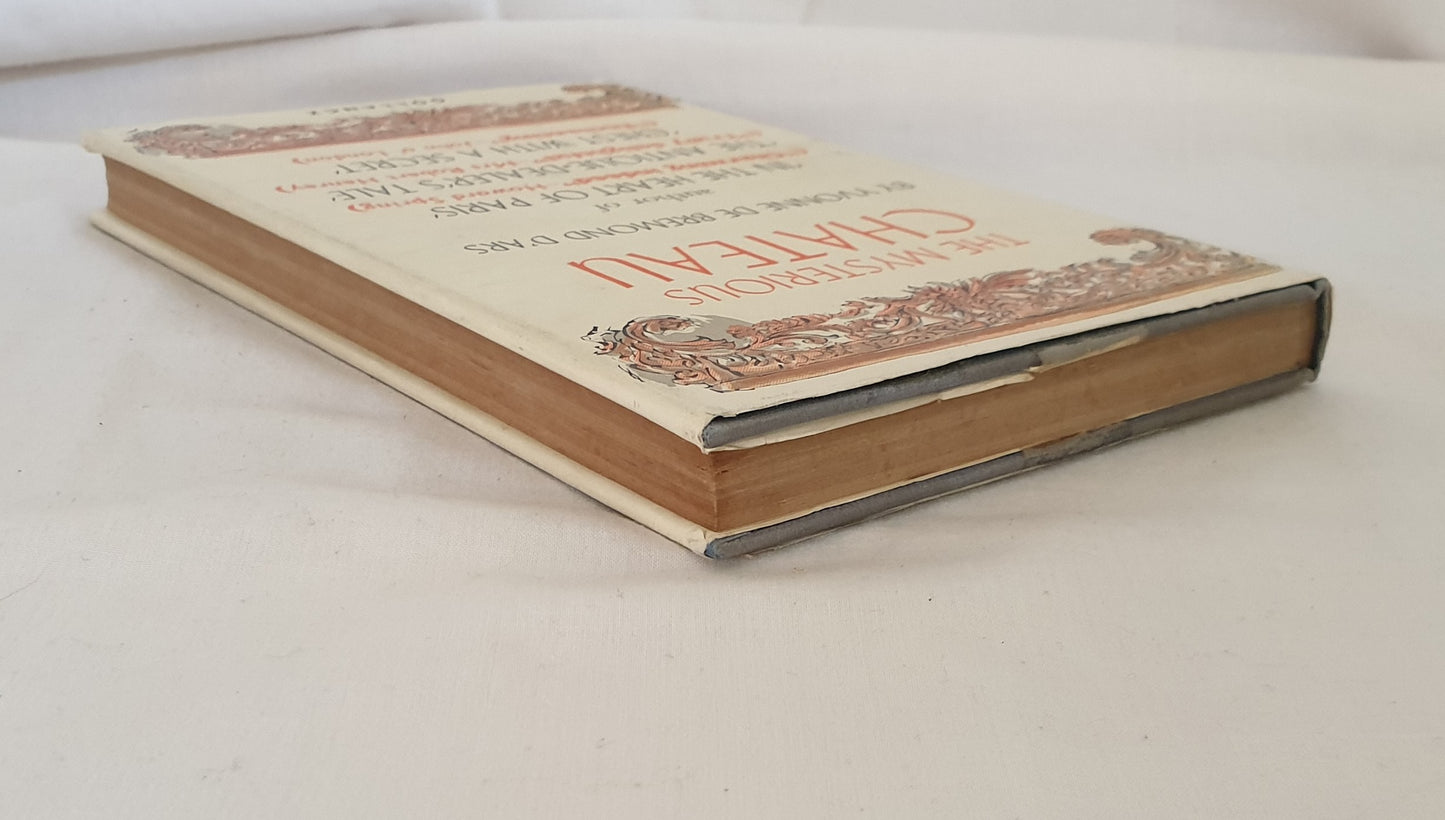The Mysterious Chateau by Yvonne de Bremond d'Ars
The Mysterious Chateau by Yvonne de Bremond d'Ars
Couldn't load pickup availability
The Mysterious Chateau
by Yvonne de Bremond D'ars
translated by Barbara Lucas
Victor Gollancz, 1964, [First Edition, English Translation], introductory black and white photographic plate, hardcover, dust-jacket
Very Good Condition, a little edge and shelf wear, a little rubbing to edges and corners, previous owners book plate on front end-paper, ex-library with stamps and sticker residue to end-papers and stamp to title page, tape residue to covers, price-clipped dust-jacket shows a little edge and shelf wear with a little rubbing to edges and corners, small chips and tears, a little rubbing, small section cut out at base of spine (see photographs)
'Yvonne d'Ars, professional antique-dealer in her books as in life, arrives in Cornouaille in Finistere on Christmas Eve 1934 on some business errand, adn in a shop in the village meets a charming girl who has just dropped in to buy some string. It is a wild night and the girl, who has got into conversations with Yvonne and been given her card, invites her to spend the night at the castle, where it turns out she lives. Her name is Viviane and she is 'la fille du Seigneur" (daughter of the lord of the manor). Yvonne accepts, and an extraordinary sight greets her eyes when she arrives in the vast mansion. the beautiful furniture has been disembowelled, the walls have holes in them, and it transpires that Viviane's father, the old Count, is madly trying to find some treasure that an eccentric forebear has hidden somewhere, without specifying where. All this is explained by Viviane to Yvonne in the course of the evening. The village priest comes to dinner with the Count and his daughter (the whole family), and the four of them set off to midnight Mass - described with fascinating colour. On returning to the castle Yvonne and Viviane go up to Viviane's room in the tower and have a long talk in the firelight, and Viviane produces a Christmas tree. Meanwhile the house and furniture have been delightfully described."
Share


















